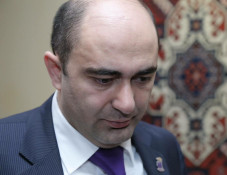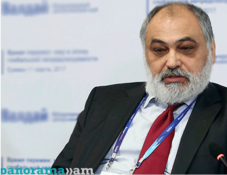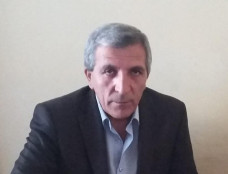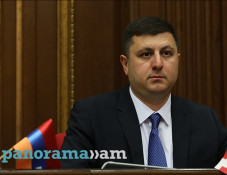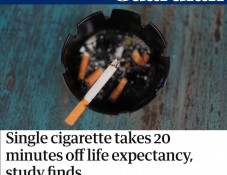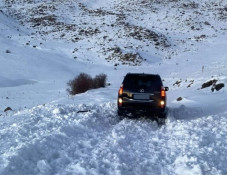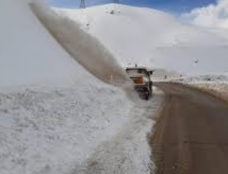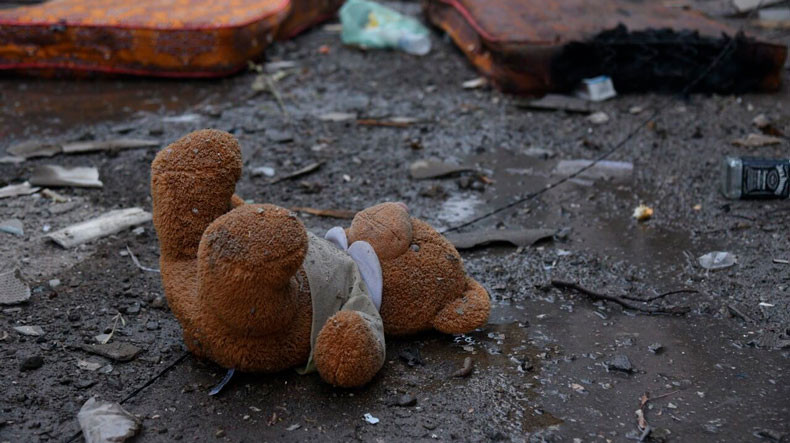
A quarter of the victims in Karabakh over the years have been children - HALO Trust
After the ceasefire agreement in Nagorno Karabakh, the HALO Trust has started full-scale clearance of explosive ordnance left behind by the fighting. As the organization reported, the main risks are associated with displaced people who return home and find unexploded bombs and shells in their homes, gardens and fields.
HALO's focus is on clearing cluster munitions and other unexploded ordnance from key population centers such as Stepanakert, Martakert and Martuni, Contamination recorded includes a wide range of rockets, missiles and shells, as well as at least two types of cluster munitions. It is possible that there are unexploded air dropped weapons, including armaments on downed UAVs. New use of anti-vehicle mines has also been reported.
It is noted that in addition to cluster munitions, HALO is aware of the need to make safe incendiary devices. Media reports indicate that incendiary munitions, including white phosphorus, were used during the fighting against troops in wooded areas, causing over 5,000 acres of forest fires, injuries to civilians and damage to essential infrastructure. Unexploded incendiaries pose an ongoing risk of fire and injury. Reports also suggest there has been new use of anti-vehicle mines during the conflict. Azerbaijan has reported at least one vehicle hit by an anti-vehicle mine. Russia also reported that a landmine injured one of its peacekeeping troops on 23 November. The extent of landmine contamination from the current conflict is unknown, and a key HALO priority will be to conduct an immediate survey. The presence of landmines presents a major risk to the returning civilian population and agencies delivering humanitarian aid.
Among the other hazards HALO is seeking to deal with are those from air-dropped weapons. Drones carrying munitions that have been shot down also pose an explosive hazard. Education materials and messaging for all explosive items is planned. HALO is prepared to dispatch staff to respond to calls from civilians encountering these items.
"A quarter of the victims in Karabakh over the years have been children, which is a shockingly high statistic. Children are especially prone to seeing something shiny and being curious and wanting to touch it and pick it up," Amasia Zargarian, representative of HALO Karabakh has said.
It is reminded that HALO has begun to deploy explosive ordnance disposal teams using existing staff and equipment. Its plan is to immediately deploy 130 staff and then expand further to around 200-250 staff. Using pre-existing equipment stocks, HALO will require approximately $4m to fund operations through to the end of 2021. HALO teams will deliver risk education in the immediate term, then will conduct mapping, survey and disposal of ordnance. Mapping and marking of any suspected new minefields will be an immediate first step after the resumption of operations.
Related news
Newsfeed
Videos








